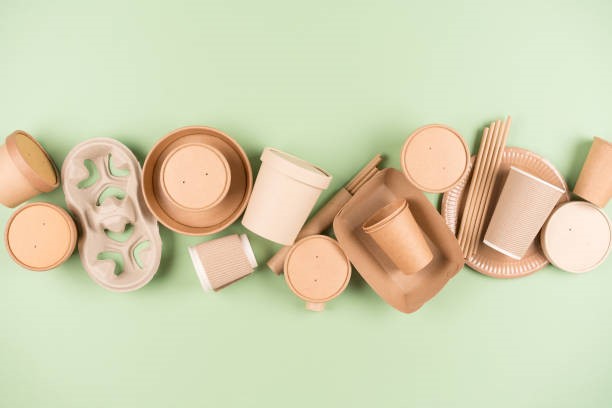
Lucky Bamboo to Save the World: A Sustainable Alternative to Plastic
This blog explores why bamboo stands out as a sustainable alternative and how it can play a pivotal role in replacing plastic in modern packaging materials.
Abundance
Some bamboo species can grow up to three feet in a single day, reaching maturity within a few years. This remarkable growth rate allows frequent and sustainable harvesting without depleting the resource. It provides a high yield of usable material per acre compared to many traditional timber sources.
Renewable Resource Management
Bamboo can be harvested selectively without uprooting the entire plant. This allows continuous growth and regeneration, promoting sustainable resource management.
Versatility
Bamboo fibers can be woven into durable fabrics, and the plant can be molded into different shapes for packaging solutions. Its strength and flexibility make it an ideal candidate for replacing traditional plastic packaging in many industries.
Supply Chain Resilience
Bamboo is abundantly available in various regions, reducing supply chain risks associated with materials sourcing. This resilience enhances manufacturers' ability to meet market demands consistently.1
In addition to the above-listed features, Bamboo also acts as a powerful carbon sink, is water efficient and biodegradable, does not require any pesticides or chemical fertilizers for growth and helps prevent soil erosion.
- The bamboo packaging market was valued at US$431.64 million in 2021.2 The cosmetics and personal care segment of the bamboo packaging market is witnessing remarkable growth, especially due to its visual appeal.
- The Asia-Pacific region is anticipated to hold a significant share of the bamboo packaging market.3
- The global bamboo packaging market is expected to expand at a CAGR of 6.4% to reach US$ 950.3 million by 2033.4
Bamboo offers a range of versatile properties that make it an excellent candidate for various applications in the modern packaging industry.
Bamboo Fiber Packaging:
Bamboo fibers can be processed into paper-like materials suitable for packaging. These bamboo fiber-based products are lightweight, yet sturdy, providing an eco-friendly alternative to conventional paper packaging.
Bamboo Molded Packaging:
Bamboo can be molded into various shapes, offering opportunities for custom packaging solutions.
Bamboo Wood Packaging:
Bamboo's strong and durable characteristics make it suitable for wooden packaging alternatives. Bamboo wood can be used to create boxes, crates, and pallets, offering a sustainable option for transporting and storing goods.
Bamboo-based Fillers and Cushioning:
Bamboo fibers can be used as fillers or cushioning materials in packaging to protect fragile items during transportation. These natural fillers can replace synthetic alternatives and enhance the overall sustainability of the packaging.
Bamboo Charcoal Packaging:
Activated bamboo charcoal has unique absorbent and deodorizing properties. It can be incorporated into packaging to absorb moisture, odors, and impurities, making it suitable for certain food packaging applications.
Bamboo Laminates for Labels:
Thin bamboo laminates can be used in the creation of labels for packaging. These laminates provide a sustainable alternative to traditional paper or plastic labels.
Bamboo-based Insulation:
Bamboo fibers can be used in the creation of insulation materials for packaging perishable goods. This can contribute to maintaining the temperature and freshness of products during transportation.
Bamboo Dispensers and Containers:
Bamboo can be shaped into various dispensers and containers for liquids, powders, or other products. These can be suitable for cosmetic, personal care, or household product packaging.
Bamboo pulp and bamboo fabric can also be employed across packaging portfolios.






